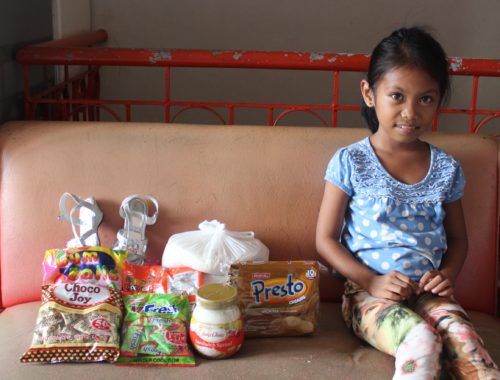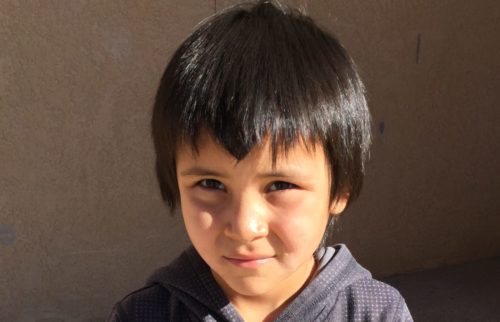Mary Wilson is a founding member of the most famous female singing group in history, the Supremes; and for over fifty years, she has been entertaining audiences throughout the world. Ms. Wilson is also known for her charitable work, and in 2003, she was named a U.S. Cultural Ambassador by former U.S. Secretary of State Colin Powell. This year, Ms. Wilson became a sponsor with Children Incorporated, deciding to help a special little girl in her own hometown of Detroit, Michigan.
Ms. Wilson says she looks very forward not only to assisting the child, but also to helping bring awareness to the life-changing work that we do. We welcome Ms. Wilson to the Children Incorporated family!
About Ms. Wilson’s hometown
Founded in 1701 by French settlers, the port city of Detroit has since grown to become the second-largest metropolis in the Midwestern United States. It is best known for its Motown music, like that of the Supremes, and its automobile industry, which boomed throughout the twentieth century – and the city even served as a major supplier of provisions for Allied troops during World War II. In the first decade of the twenty-first century, however, Detroit saw a 25 percent plunge in its population. Despite efforts to revitalize the city, in 2013, Detroit was forced to file the largest municipal bankruptcy case in United States history.
Today, the city struggles with rampant unemployment, poverty, and all of their associated socioeconomic issues. The community served by Wayne Elementary School, which Ms. Wilson’s sponsored child attends, is no exception to these maladies. In fact, here in Detroit’s east end, the need is even greater for such necessities as food, clothing, and shelter. For this reason, Wayne Elementary School serves as a beacon of hope. In addition to basic needs, the school provides students with a safe, nurturing learning environment – all thanks to our caring sponsors! This setting is one that emphasizes the value of respect – for self and for others – and of daily excellence. Bolstered by highly-qualified teachers, dedicated parents, and strong community involvement, the school equips this talented group of rising young academic stars with the technological and authentic literacy skills that they need in order to rise above the difficult socioeconomic circumstances from which they come, and to break the cycle of poverty.

Ms. Wilson with our CEO, Ronald Carter, and her sponsored child in Detroit
Welcoming Ms. Wilson
Ms. Wilson has sponsored children in the past with other organizations, and told our President and Chief Executive Officer, Ronald Carter, that she found those experiences to be quite enjoyable. We are so grateful that she is now helping a student to receive basic needs through Children Incorporated. Ms. Wilson says she looks very forward not only to assisting the child, but also to helping bring awareness to the life-changing work that we do. We welcome Ms. Wilson to the Children Incorporated family!
***
HOW DO I SPONSOR A CHILD IN DETROIT?
You can sponsor a child in Detroit in one of two ways: call our office at 1-800-538-5381 and speak with one of our staff members, or email us at sponsorship@children-inc.org.





